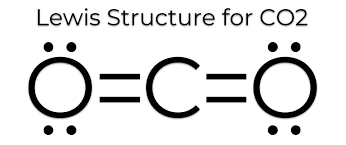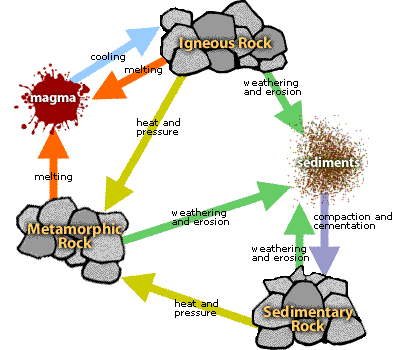Soil texture is
The percentage of sand, silt, and clay
The water cycle is
the cycle of processes by which water circulates between the earth's oceans, atmosphere, and land
Infiltration is
Infiltration is the process by which precipitation or water soaks into subsurface soils and moves into rocks through cracks and pore spaces.
What are the three types of rocks are
sedimentary, metamorphic, and igneous
How do we find valence electrons?
For neutral atoms, the number of valence electrons is equal to the atom's main group number.
Loam is
a soil with roughly equal proportions of sand, silt, and clay.
What states does water go through in the water cycle?
solid, liquid, and gas
How do you know soil has reached field capacity?
It will no longer absorb any more water.
How are sedimentary rocks formed?
Sedimentary rocks are formed when sediment is deposited out of air, ice, wind, gravity, or water flows carrying the particles in suspension.
How does electronegativity chand as we move away from the noble gases?
It decreases
Describe the texture of sand, silt, and clay
Sand= gritty
Silt= silky
Clay= sticky
This process goes from solid to gas without becoming a liquid
Sublimation
what causes ponding?
Low infiltration rate.
What is the difference between chemical and physical weathering? Give an example of each.
While physical weathering breaks down a rock's physical structure, chemical weathering alters a rock's chemical composition. Physical weathering works with mechanical forces, such as friction and impact, while chemical weathering takes place at the molecular level with the exchange of ions and cations.
What is the octet rule?
elements tend to bond in such a way that each atom has eight electrons in its valence shell, giving it the same electronic configuration as a noble gas.
Sandy Clay Loam makes a __________ ribbon
medium
How do humans impact the water cycle?
A number of human activities can have an impact on the water cycle: damming rivers for hydroelectricity, using water for farming, deforestation and the burning of fossil fuels.....
Give an example of how the infiltration rate can be increased and decreased.
Increase:
-Avoiding soil disturbance and equipment operation when soils are wet
-Planting cover crops
Decrease:
-Bare land
- Frequent use of heavy equipment
Give 1 example of each type of rock.
Sedimentary- sandstone, siltstone, and shale
Metamorphic-gneiss, phyllite, schist, and slate
Igneous- basalt, pumice, obsidian
Complete the Lewis dot structure for
So CO2 = 4 + 6(2) = 16. So, total valence electrons are 16. Carbon is the least electronegative that means it stays at the center.

Name 3 methods we used to determine soil texture.
Making a ball, ribbon test, Soil Triangle, and feeling the soil between our fingers
The 7 processes of the water cycle are
Precipitation, evaporation, condensation, transpiration, sublimation, infiltration, and runoff
Describe how to perform a soil infiltration test.
Clear all residue from the soil surface. Drive the ring to a depth of 3 inches using a hammer and block of wood.
Line the ring with plastic wrap so that it covers the inside of ring and drapes over the side.
Pour 107 mL of distilled water or rainwater into the plastic-lined ring.
Gently pull plastic wrap away. Record the time it takes for water to infiltrate the soil. Stop time is when the soil is “glistening.”
Explain how a rock can travel through the rock cycle.

What is the lewis dot structure for Carbon Monoxide?
CO has 10 valence electrons. For the CO Lewis structure, you'll need a triple bond between the Carbon and Oxygen atoms in order to satisfy the octets of each atom while still using the 10 valence electrons 